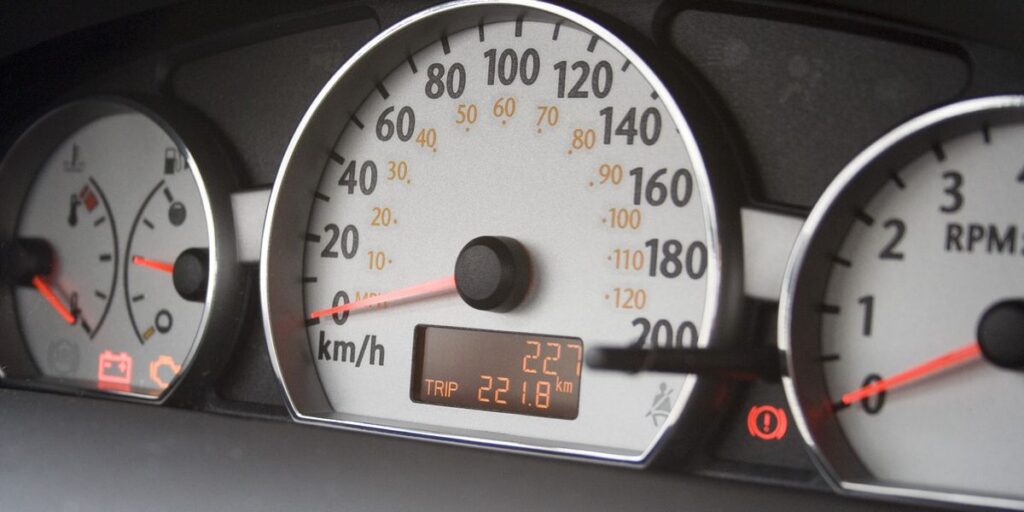Car insurance is an important part of owning and operating a vehicle. It helps to protect you financially in case of an accident or other unexpected event. However, many factors can affect the cost of your car insurance premium.
Understanding these factors can help you make informed coverage decisions and save you money. This article will cover the 12 most important factors affecting your car insurance premium.
1. Membership/Affiliation Discounts

Source: bootstrappingecommerce.com
Membership/Affiliation discounts are essential when it comes to car insurance premiums. Insurers may offer special discounts for members of certain organizations or those affiliated with certain businesses. This kind of discount may be offered to members of professional organizations, alumni groups, or even those employed by certain companies. The discounts may range from 5% to 25%, so it’s essential to check with your insurer to see if you qualify for the savings.
2. Deductible Amount
The deductible amount is the portion of a claim you are responsible for paying out-of-pocket before the insurance company covers the remainder. Insurers often offer discounts for higher deductibles. A higher deductible will reduce your premium, but it also means that you will have a larger out-of-pocket expense if you need to file a claim. It’s essential to consider the pros and cons of selecting a higher deductible before deciding.
3. Vehicle Make and Model
The make and model of a vehicle can affect the cost of car insurance premiums. Insurers use data such as repair costs, safety ratings, and theft rates to calculate the risk associated with different types of vehicles. Generally, cars considered safer and more expensive to repair will have higher premiums. Sports and luxury vehicles are typically more costly to insure than sedans or compact cars. Additionally, some insurers may offer discounts for vehicles with certain safety features.
4. Mileage

Source: caranddriver.com
The amount of mileage a vehicle is driven can affect car insurance premiums. The more miles a vehicle is driven, the greater the risk of being involved in an accident or other event. Therefore, a vehicle with high mileage is typically more expensive to insure than one driven less often. Additionally, certain models may be more expensive to insure due to the cost of parts and repairs. Rollin Insurance offers customizable car insurance premiums to accommodate various customer needs.
5. Location
The location of a vehicle can also affect the cost of car insurance premiums. Insurers consider factors such as the amount of traffic, rate of accidents, and rate of vehicle theft in an area when calculating premiums. If you live in a densely populated or high-crime area, your premium may be higher than in a rural area. Additionally, some insurers may offer discounts for vehicles parked in a garage or covered parking lot.
6. Payment Frequency
The frequency of payments on your car insurance premium can also affect the cost. Generally, customers who opt for monthly or quarterly payments will have a higher premium than those who pay their full premium. This is because insurers charge an additional fee for monthly or quarterly payments to cover the costs associated with processing the payment. Additionally, customers who pay in full may be eligible for discounts.
7. Credit History

Source: debt.org
Insurers may use an individual’s credit history to determine the cost of car insurance premiums. Those with good credit scores tend to be seen as more responsible drivers and are usually rewarded with lower premiums. On the other hand, those with poor credit may be seen as having greater risks by insurers and may be charged higher premiums. It’s essential to check with your insurer to see if it uses credit scoring when calculating premiums.
8. Safety Features
Some insurers may offer discounts for vehicles that have certain safety features. These can include airbags, seatbelts, antilock brakes, anti-theft devices, and other features that reduce the risk of an accident or injury. Having these features on your vehicle can often lower your insurance premium. Additionally, some insurers offer discounts for vehicles with more advanced safety features, such as automatic emergency braking and lane-keeping assistance systems. It’s essential to check with your insurer to see if they offer any discounts for safety features.
9. Age
The driver’s age is another factor insurers use to calculate car insurance premiums. Generally, drivers under 25 are viewed as riskier drivers and typically pay higher premiums. Conversely, drivers over the age of 25 may be eligible for discounts or lower rates due to their experience and history of safe driving. Additionally, some insurers may offer discounts for drivers who complete defensive driving courses or other safety courses. It’s, therefore, important to check with your insurer to see if they offer discounts for drivers of certain ages.
10. Driving Record

Source: trakgroup.ca
Insurers use a customer’s driving record to determine the cost of car insurance premiums. Drivers with a clean record tend to be seen as less of a risk and may be eligible for lower premiums. Conversely, drivers with tickets or accidents on their record may be considered high-risk drivers and be charged higher premiums. Additionally, some insurers may offer discounts for those who have completed a defensive driving course or other safety courses. It’s important to check with your insurer to see if they offer any discounts for drivers with a clean record.
11. Multi-Policy Discounts
Insurers may offer a discount for customers with multiple policies. This could include having a car and home insurance or multiple vehicles insured by the same company. By having multiple policies with the same insurer, customers may be eligible for a multi-policy discount that can lower their car insurance premium. For example, some insurers may offer a discount of up to 10 percent on car insurance if you also have a home insurance policy with them.
12. Loyalty Discounts
Some insurers may offer loyalty discounts to customers who have been with them for an extended period. These discounts are designed to reward customers for loyalty and can often result in lower car insurance premiums. Additionally, some insurers may offer discounts for renewing with them for multiple years. It’s essential to check with your insurer to see what types of discounts they offer for customers who have been loyal over time.
13. Pay in Full Discounts

Source: forbes.com
Insurers may offer discounts for customers who pay their premiums in full and upfront. Customers who opt for this payment option can often get a substantial discount, resulting in lower car insurance premiums. Paying the premium in full also eliminates any installment fees associated with monthly or quarterly payments. It’s essential to check with your insurer to see if they offer any discounts for paying premiums in full.
Wrapping it Up
In conclusion, many factors can affect the cost of car insurance premiums. Factors such as the type of vehicle, safety features, age, driving record, multi-policy discounts, loyalty discounts, and pay-in-full discounts are all considered by insurers when calculating car insurance premiums.
It’s essential to check with your insurer to see what discounts are available and how they can save you money on car insurance. By understanding these factors, drivers can make more informed decisions when selecting car insurance and get the best value for their money.




